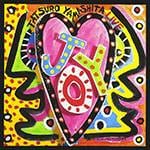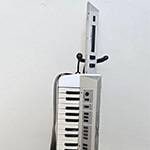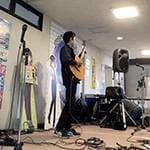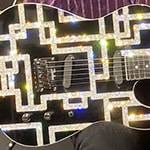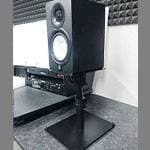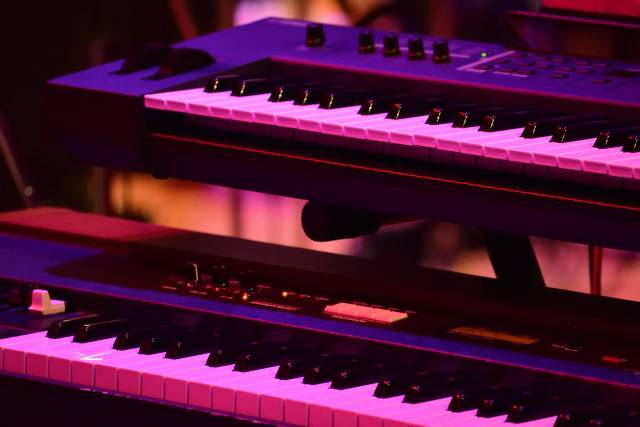
There are so many people who say, “I took piano lessons when I was in elementary school!”
Many of them use that experience to play keyboard in a college light music club or start a band after entering the workforce.
However, if you jump into a band thinking, “I have classical training, so band music will be easy!”, you may unexpectedly hit a few walls.
What’s a chord chart!?
Classical piano is fundamentally about performing based on sheet music that contains detailed notes and musical symbols.
Of course, individuality can still be expressed within those constraints, but generally, most people play using similar interpretations, dynamics, and fingerings.
On the other hand, in bands (depending on the genre or song), there are cases where you perform using only a chord chart.
This is the first wall classical pianists hit!
When I saw a sheet with only chords for the first time, I thought, “What on earth is this!?”...
If you're used to playing while looking at meticulously written sheet music, it can be confusing to play by reading only chords.
In such cases, it’s perfectly fine to write out your own sheet music, or you can start by practicing how to play using chords.
Nowadays, there are various apps and websites that help you follow chords.
As one example, Yamaha’s “Chord Tracker” displays the chords along with the song, and even shows them on staff notation and a keyboard.
It’s perfect for learning chords.
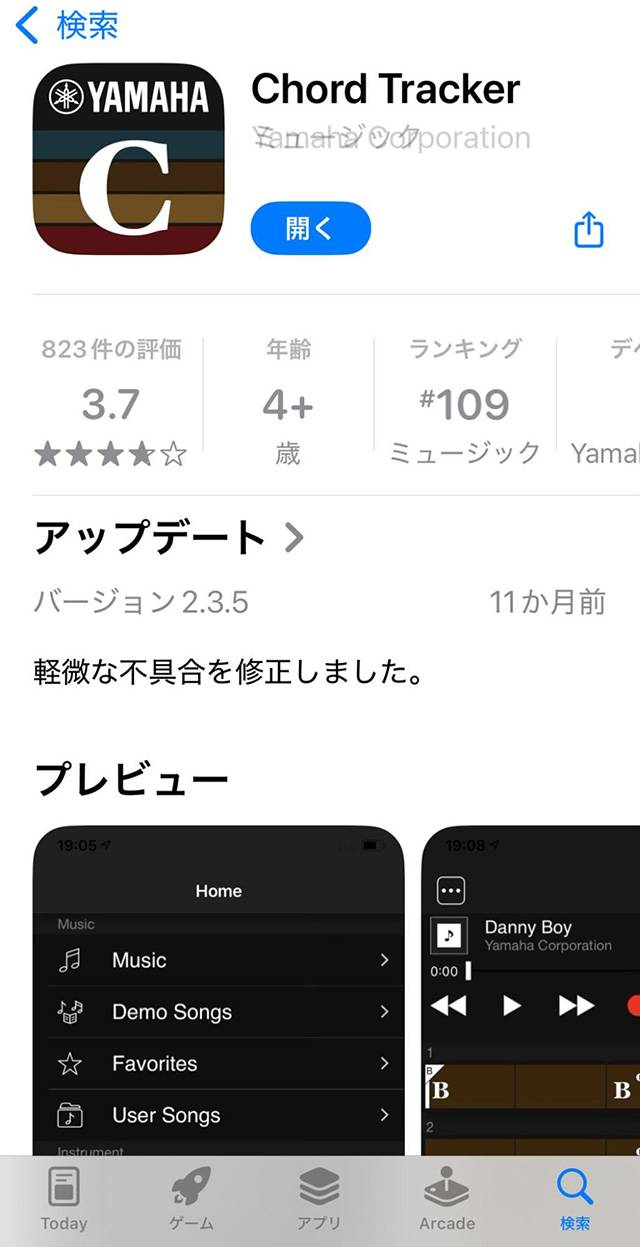
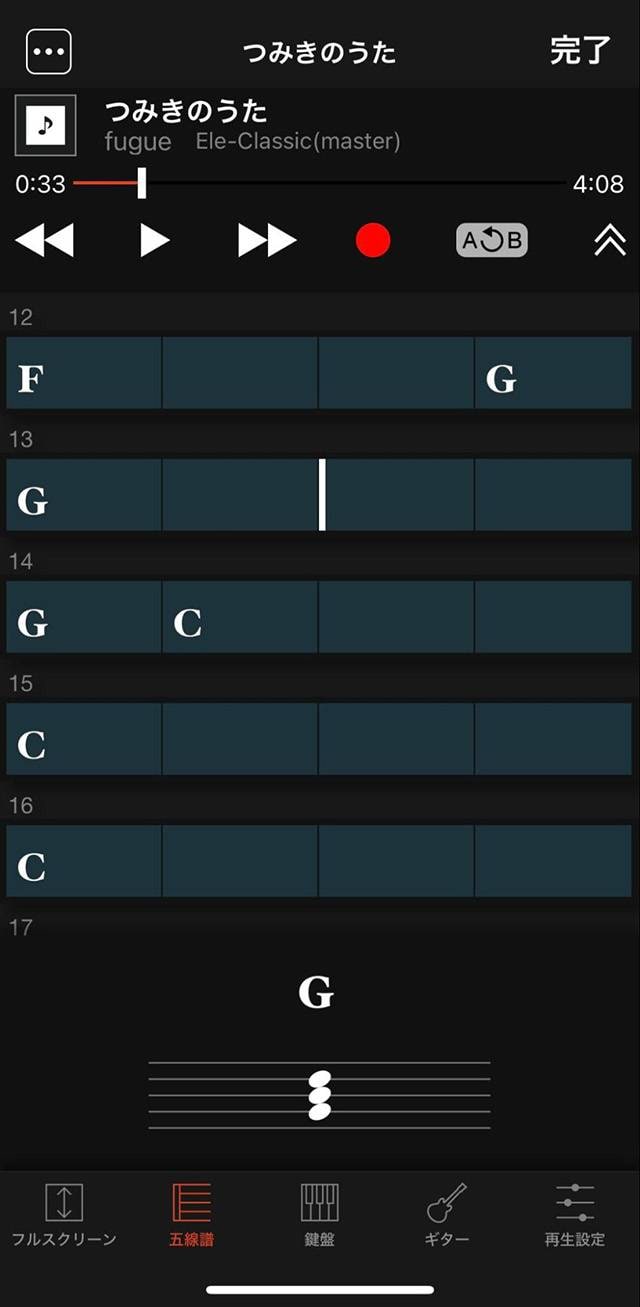
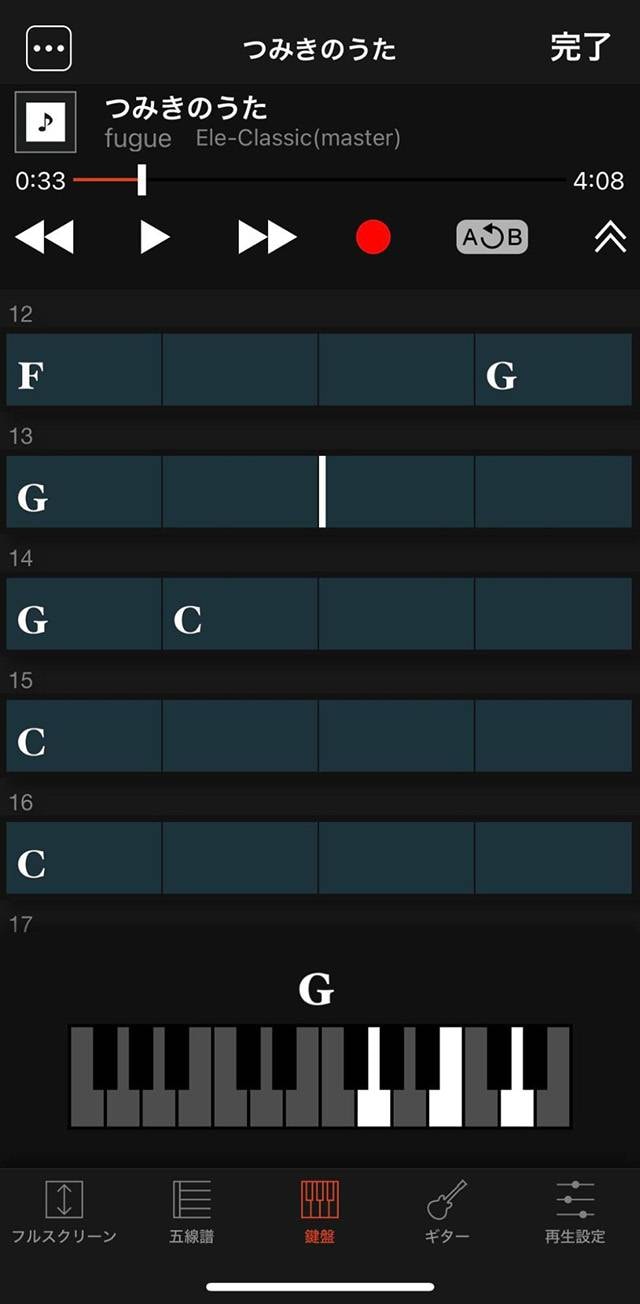
How do you keep up with rhythm and tempo!?
The legato expression that is characteristic of classical piano is possible because it’s a solo performance.
You can play with a certain degree of freedom and express your emotions in your own way.
However, being in-sync with all the members of the band is a basic requirement.
You have to play along with a song that progresses with a steady rhythm and tempo.
In solo classical piano pieces, you usually don’t focus much on keeping rhythm.
You might practice Hanon finger exercises with a metronome, but during actual performances, you often sway the tempo to add musical expression.
But in a band, keeping an accurate tempo is required.
This is another wall you may hit!
That said, once you get used to it, you’ll start to enjoy playing while keeping rhythm with your whole body.
For slower songs, fast songs, and songs in various genres, try tapping your fingers to the beat while listening, or nodding your head when you’re at a live concert — many of you may already do this.
But I recommend doing it consciously and developing the habit of syncing to avoid drifting off tempo.
Aren’t the keys too light!?
When someone who has been playing an acoustic piano tries an electric piano or synthesizer, they might be confused and think, “Aren’t these keys way too light!?”
Depending on the model, it might even feel like there’s no feedback at all.
Electric pianos generally have a key weight that’s relatively close to an acoustic piano (though this also depends on the model), but synthesizers are much lighter.
A synthesizer is an instrument designed to play with a wide variety of sounds and effects, so even if it looks similar, it’s a completely different instrument from a piano.
Classical pianists who are used to heavy keys tend to speed up or play with too much force when playing a synthesizer.
If you want to play synth in a band, start by getting used to the different touch compared to an acoustic piano!
The only way to do this is to increase the time you spend using a synthesizer.
If you’re serious about it, it’s best to own at least one synthesizer!
However, I also recommend continuing to play acoustic or electric pianos alongside it.
If you get too used to the synth, you might find the acoustic piano feels too heavy and you’ll become unable to play it properly.
There’s no sound coming from the keyboard!?
One of the differences between an acoustic piano and an electric piano or synthesizer is whether the sound comes directly from the instrument or through an amp.
While some electric pianos have built-in speakers, most stage pianos and synthesizers used in live performances produce sound through a connected amp.
If you’re used to an acoustic piano, you might get confused and think, “Where is that weird sound coming from!?”
This is something you just have to get used to!
At first, you may feel a strange disconnect, like there’s a slight delay between when you play and when you hear the sound, but as you gain more band experience, you’ll get used to it.
If it really bothers you, try pointing the keyboard amp directly at yourself or bringing it closer.
Just listening to your own playing more clearly can reduce the discomfort.
The left hand overlaps with the bass!?
If you're used to playing an 88-key piano, you naturally develop the habit of using both hands.
However, in a band, the range of the left hand overlaps with the bass line!
In other words, you end up doubling the bass.
Well, even if you do play it, the bass guitar is overwhelmingly louder, so the piano’s sound doesn’t really come through —
but depending on the song, it can still create a strange situation.
You need to be creative in how you use your left hand effectively.
First, listen carefully to what kind of bass line the bassist is playing.
Based on that, you can leave out the overlapping parts in your left hand, or go all in and shift both hands to the higher register to avoid overlapping.
However, if you do move to the higher range, be careful not to clash with the guitar or female vocals.
You might end up thinking, “Then what am I supposed to play!?”
In parts other than solos, try focusing on “filling in the gaps between the other instruments.”
Also, by changing the tone (sound) you're using, you may be able to avoid overlapping with other parts, so give that a try as well.
If you’re used to playing piano alone, when other instruments are added, your own sound might feel quieter, and you’ll be tempted to raise the volume.
Piano tones, in particular, tend to be thinner compared to other instruments, so you might end up turning the volume up too much.
If you do that, the sound may end up buzzing or distorted — so be careful!
What’s transposing!?
This is something that classically trained musicians with good ears all say in unison: “It feels so weird!!” (lol).
For example, if you play “Do Re Mi Fa So La Ti Do” on the keyboard, but the transpose function is set one step higher, the sound that comes out will be “Re Mi F♯ So La Ti Do♯ Re.”
The more absolute pitch you have, the more uncomfortable this function feels.
On the other hand, people with “relative pitch,” who can flexibly shift scales in their heads, can use this function easily.
First, try to figure out which type you are.
If you find it too uncomfortable, then even if it means having to deal with more black keys and making the playing harder, it’s better not to use this function!
In that case, like the “Chord Tracker” app I talked about in “1. What’s a chord chart!?”, or websites like gakki.me, it’s a good idea to change the key of the chord chart itself before playing.

Even though we refer to it all as “music,” classical has its own appeal, and bands have theirs, with each having its own style of performance.
What’s important is not to stubbornly insist, “This is how it’s done in classical music,” but to truly fall in love with it and let yourself become completely absorbed!
If you discover the unique joys of playing in a band, you’ll become a keyboardist that your bandmates truly value.
The “sound & person” column is made up of contributions from you.
For details about contributing, click here.






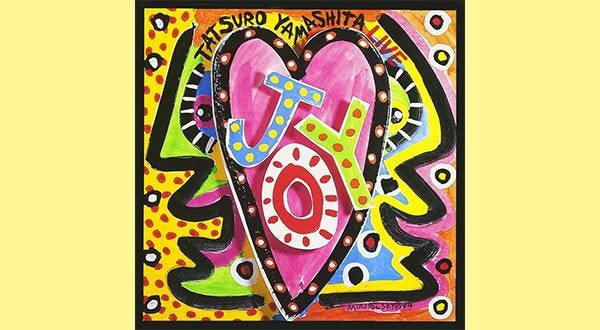
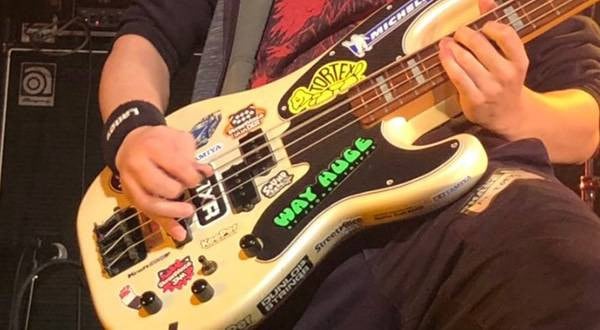

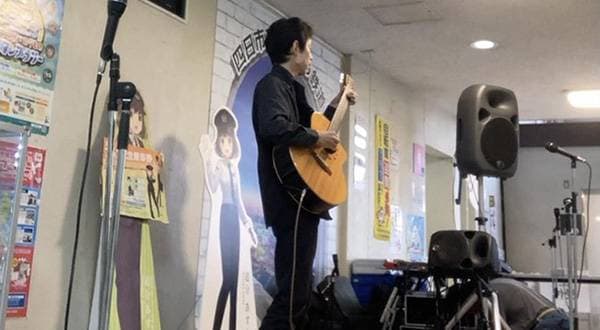
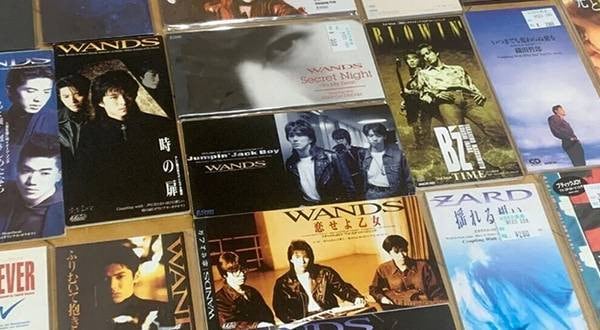

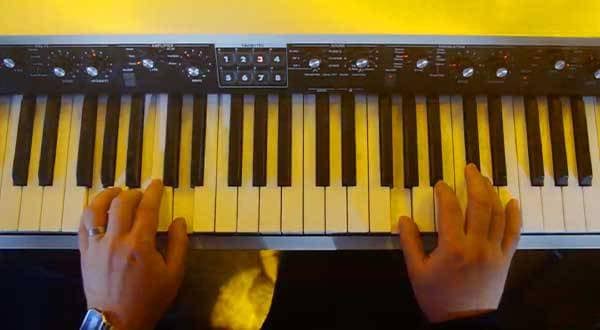




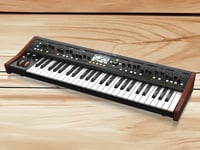 シンセサイザー 入門ガイド
シンセサイザー 入門ガイド
 ポータブルキーボード 入門ガイド
ポータブルキーボード 入門ガイド
 PLAYTECH キーボードセレクター
PLAYTECH キーボードセレクター
 PLAYTECH 鍵盤特集
PLAYTECH 鍵盤特集
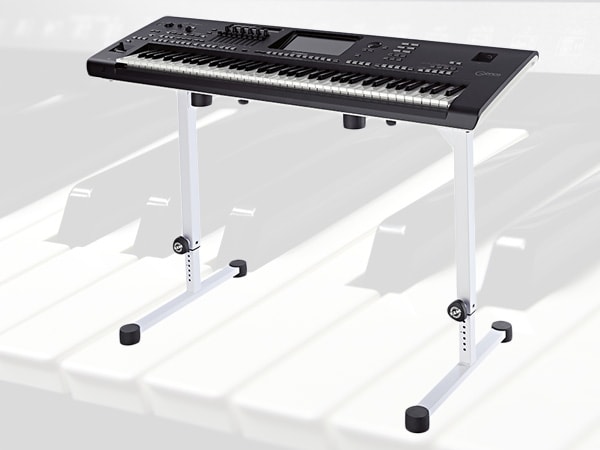 キーボードスタンドの選び方
キーボードスタンドの選び方
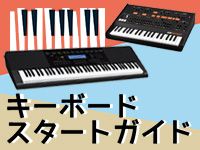 キーボードスタートガイド
キーボードスタートガイド
